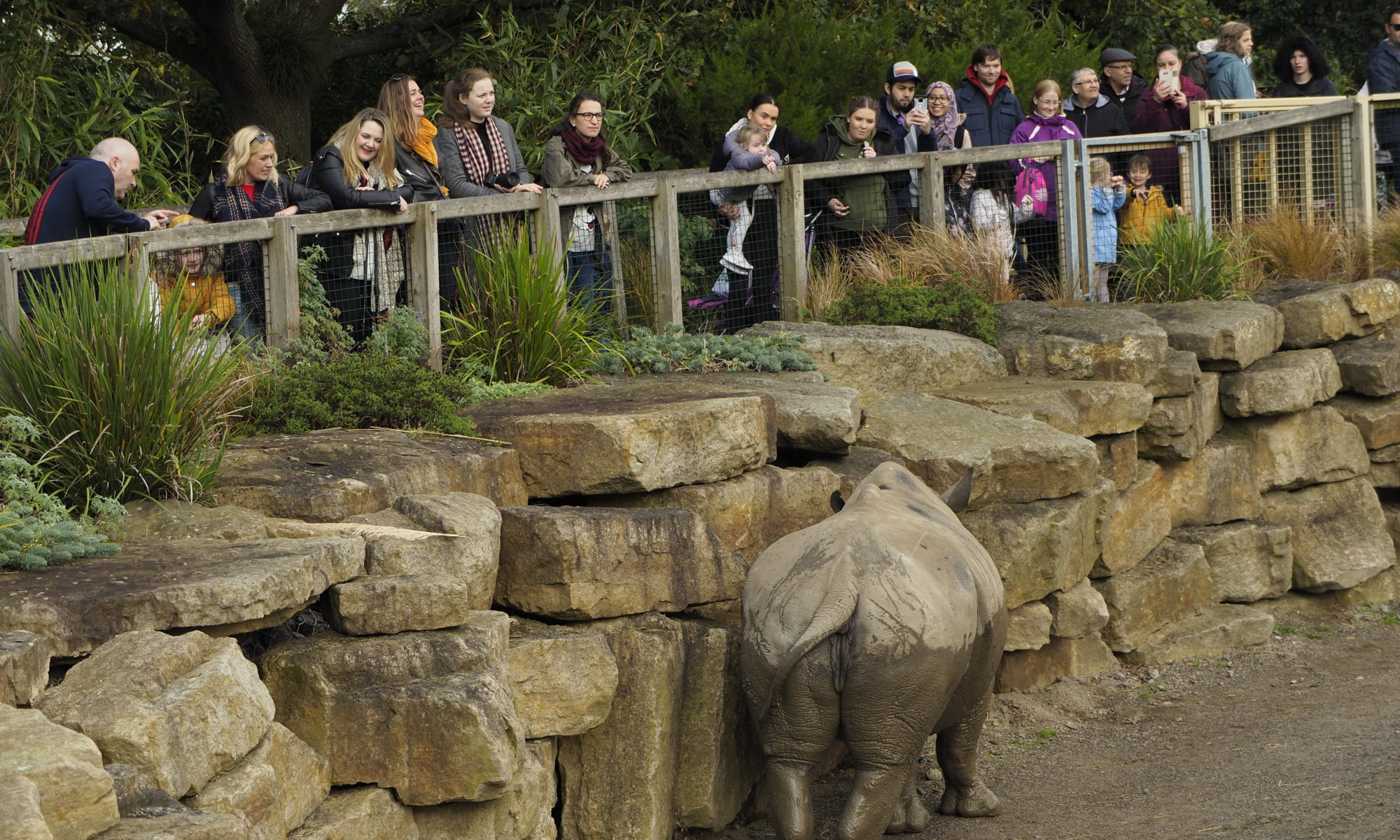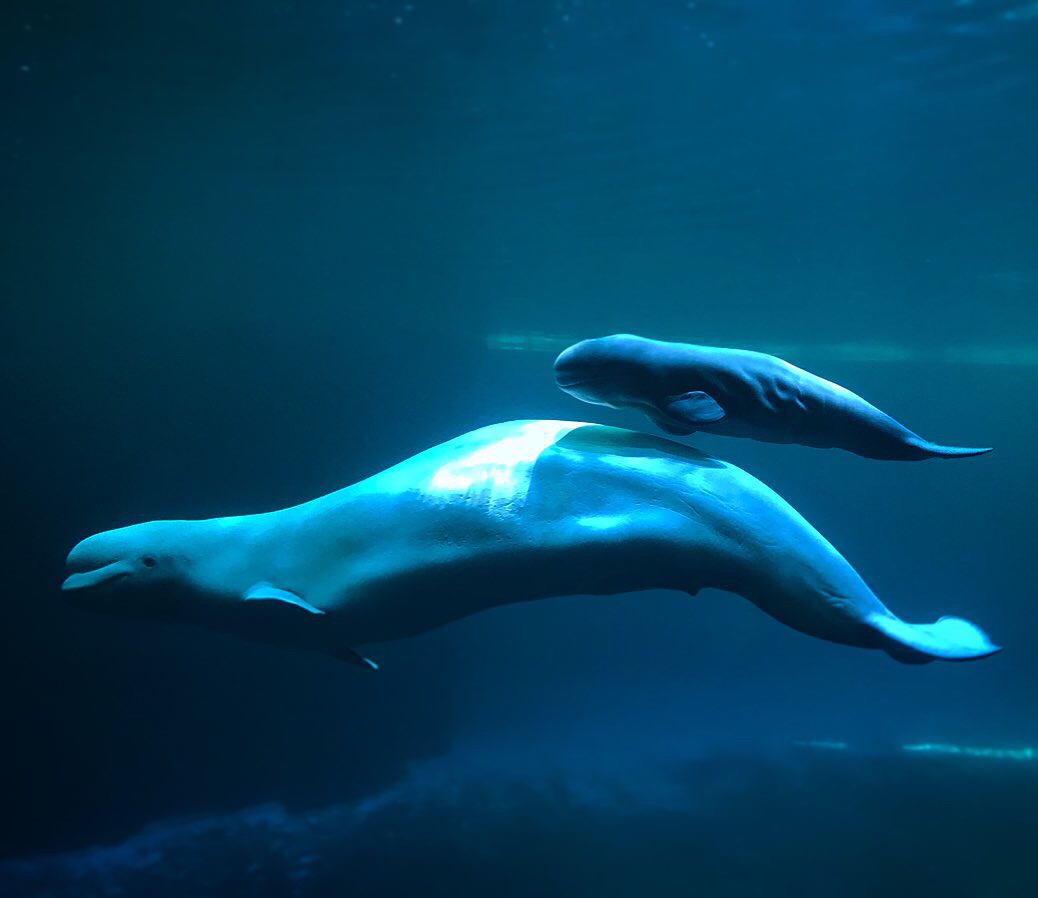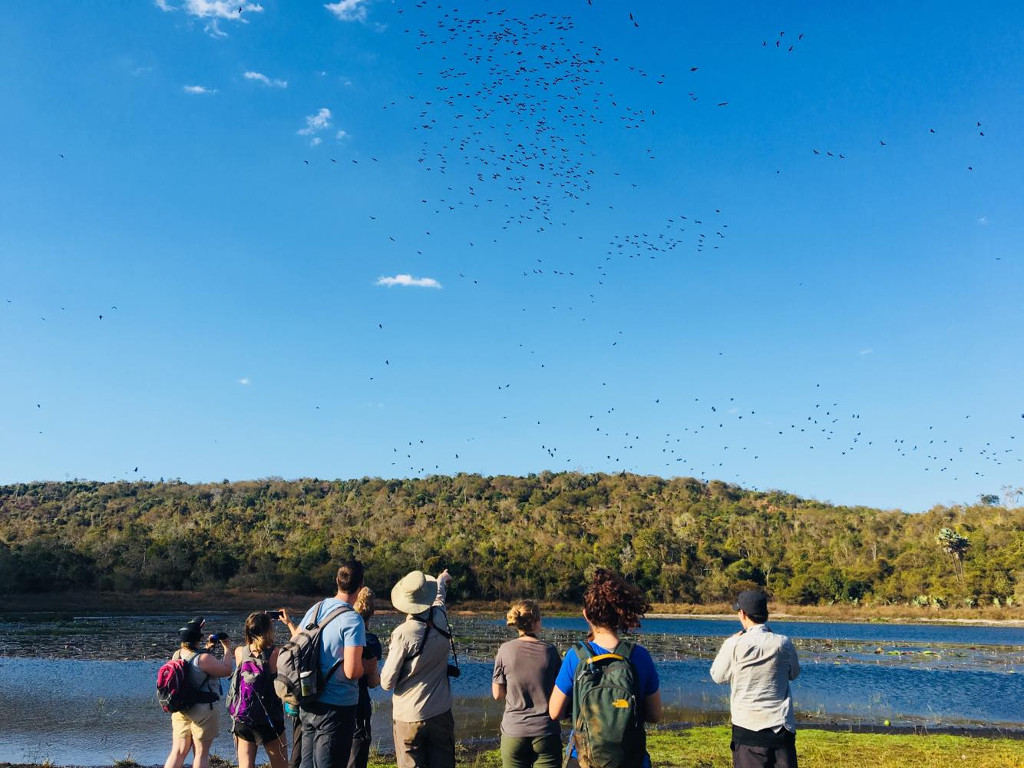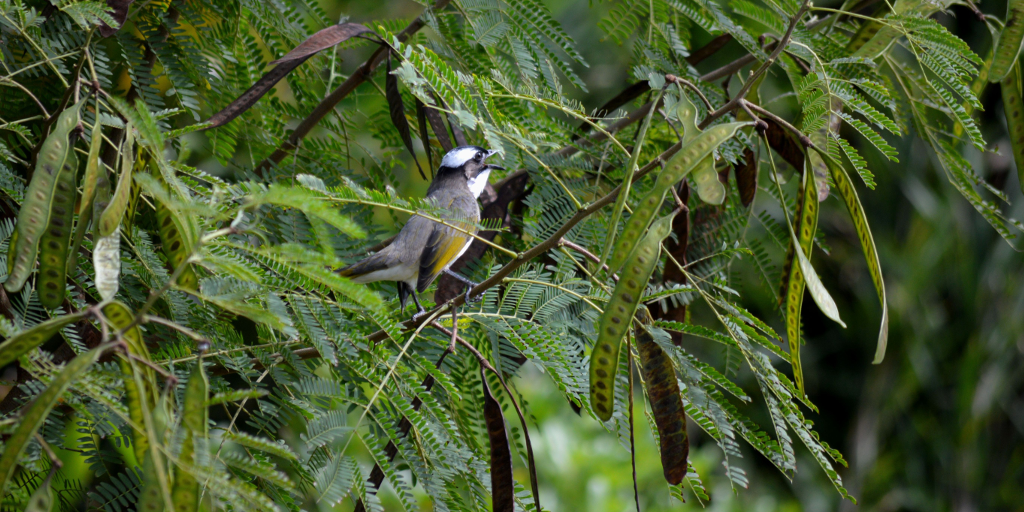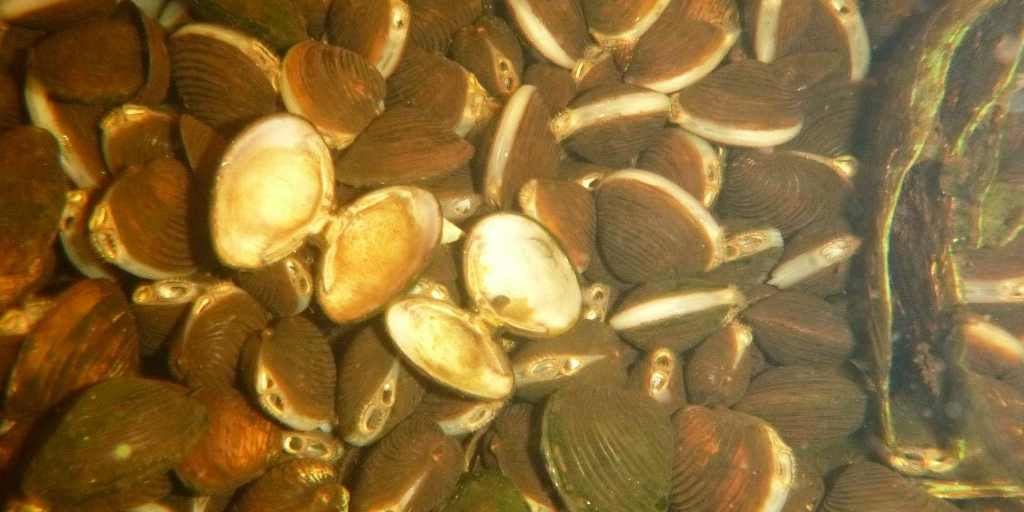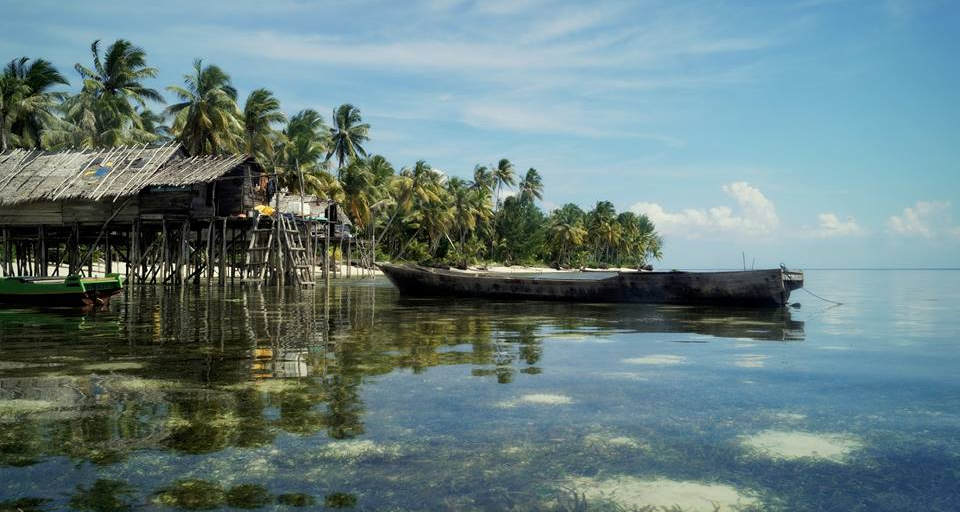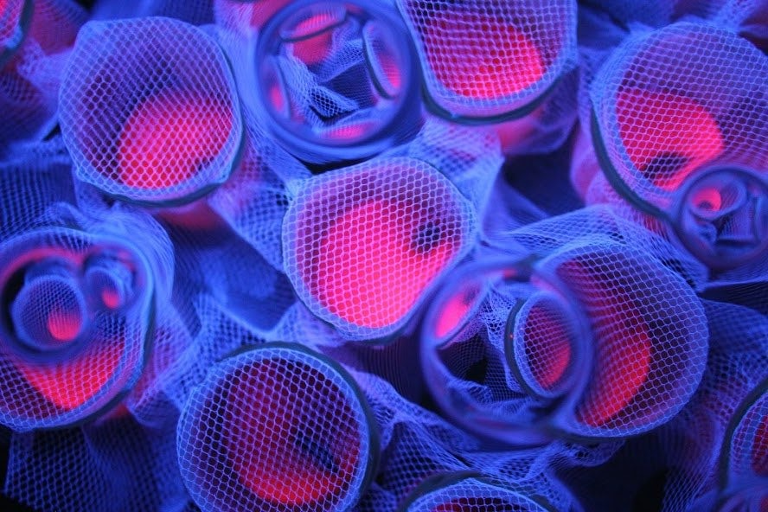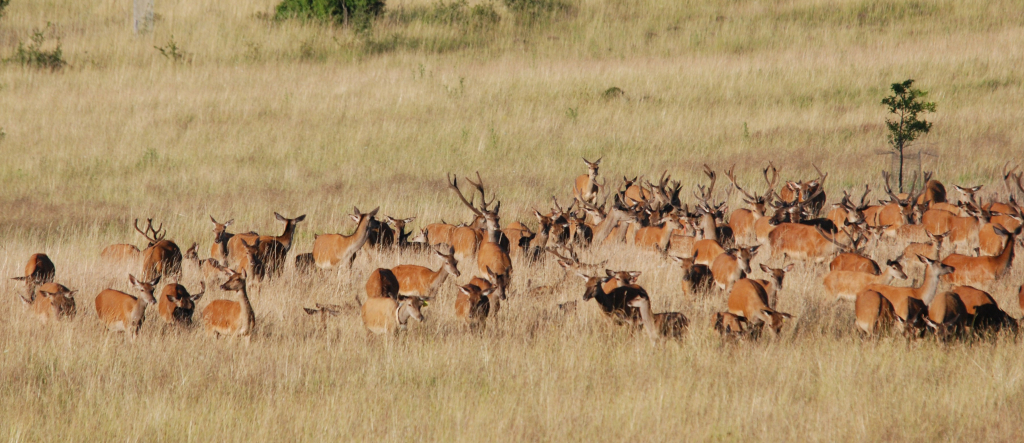Nearly every single one of us has visited the zoo at least once, it’s a fundamental part of most childhoods. In fact, over 700 million people visit zoos and aquariums around the world every single year. Although we may all go to the zoo for a fun day out, by choosing to go to the zoo we are indirectly funding the conservation of animals in the wild, as modern zoos and aquariums invest more than $350 million in conservation in the wild every single year, representing the third largest conservation organisation contributor globally (Gusset & Dick, 2011).
Continue reading “Why go to the zoo?”New Year Plant Hunt 2020
The New Year Plant Hunt is a yearly event held by the Botanical Society of Britain and Ireland (BSBI) that helps to record how plants are reacting to our changing climate. Over four days during the Christmas holidays, volunteers will simply head out for walks, of no more than 3 hours each, and record all species seen flowering. The aim of this citizen science project is to record all plants flowering in mid-winter, in order to help document the effects of climate change on plant phenology.

This year, a total of 1714 people took part in the event and over 14,000 plants were recorded blooming throughout Britain and Ireland. Botanists from TCD joined different local walks. Together with Cian White and fellow naturalists from UCD, we went for a nice walk… on a covered landfill site! Our goal was to study an area that wouldn’t necessarily be surveyed by a less committed group, and I think we did achieve this.
Continue reading “New Year Plant Hunt 2020”The 2019 EcoEvo Hall of Fame
Every year, contributors to the blog look back on their favourite papers of the previous year and tell us what it was about these publications that stuck in their mind so much. With a range of different topics and reasons, it’s always great to see what each of us thinks makes for a great paper! Find out what we elected as our favourite papers in 2018 and 2017, and read on for this year’s entries:
Perrot-Minnot, M. J., Guyonnet, E., Bollache, L., & Lagrue, C. (2019). Differential patterns of definitive host use by two fish acanthocephalans occurring in sympatry: Pomphorhynchus laevis and Pomphorhynchus tereticollis. International Journal for Parasitology: Parasites and Wildlife, 8, 135-144.
Chosen by Paula Tierney
Read the full International Journal for Parasitology: Parasites and Wildlife paper here

Sometimes a paper doesn’t have to make huge waves in the broader ecology world to be a great paper and sometimes a paper comes along at just the right time to answer the questions you need answering. Perrot-Minnot et al. 2019 did both for me this year. Since the taxonomic revision of the acanthocephalan parasite Pomphorhychus laevis by Špakulová et al in 2011 resurrected the closely-related species Pomphorhynchus tereticollis, the systematics of the genus in Europe has been something of a taxonomic dumpster fire. It also left one of my PhD chapters with a bit of an identity crisis since,
Continue reading “The 2019 EcoEvo Hall of Fame”Fulbright to the Frozen Zoo
What is a Frozen Zoo©? Why do we need them? What species should we keep in them? From January to June this year I was lucky enough to travel on a Fulbright Irish Student Award to the San Diego Zoo Institute for Conservation Research to try and answer these questions.
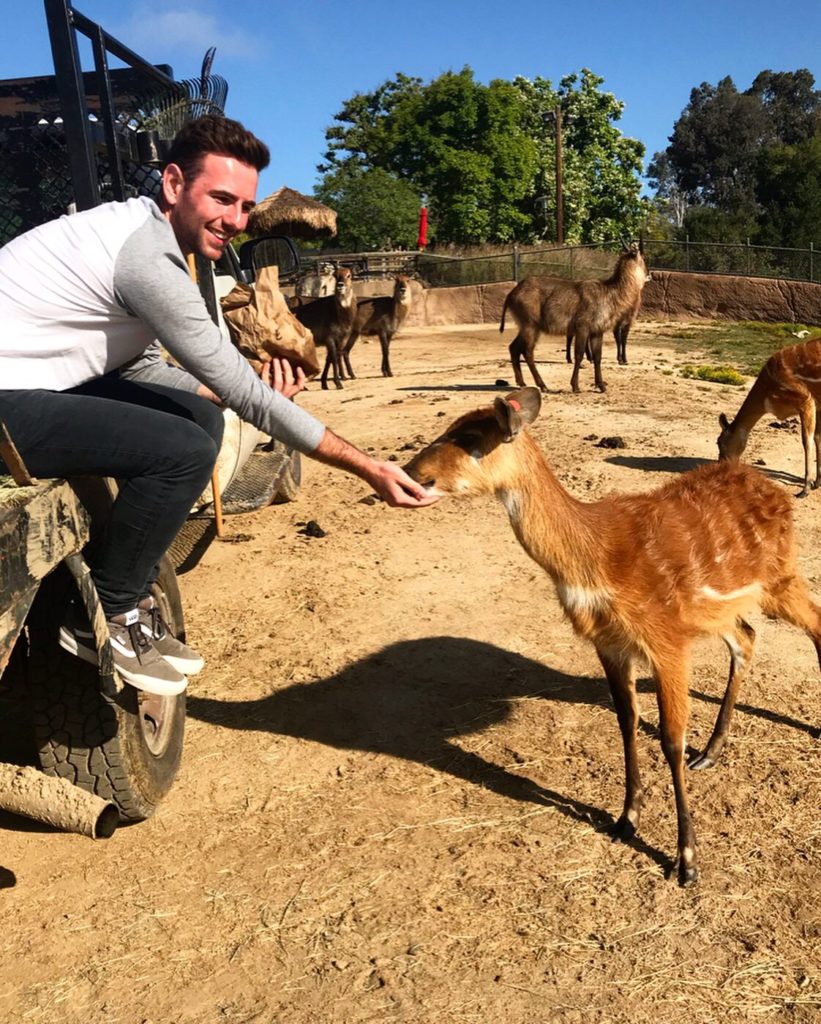
To put it simply, a Frozen Zoo© is a collection of living cells from different species which have been preserved and frozen, this is often termed biobanking. These cells can later be thawed and used to help conservationists by introducing genetic variation into existing wildlife populations or for a plethora of other scientific endeavours that require DNA from wild animals.
Continue reading “Fulbright to the Frozen Zoo”A Mosaic of Birds in Madagascar
This post is based on the paper ‘The avifauna of the forest mosaic habitats of the Mariarano region, Mahajanga II district, north-west Madagascar’, just published open-access in Bothalia: African Biodiversity and Conservation.
The header image by Jamie Grant-Fraser shows White-faced Whistling Ducks (Dendrocygna viduata) responding to the appearance of a Madagascar Harrier-hawk (Polyboroides radiatus).
Continue reading “A Mosaic of Birds in Madagascar”Birds in paradise: biogeography in the subtropics
The species-area relationship is considered one of the only ‘rules’ in ecology. We have observed more species on larger ‘islands’ (whether true islands or simply some habitat patch of interest) in studies of different plants and animals all around the world. When MacArthur and Wilson (1967) proposed this pattern and the pioneering biogeographical principles which underpin it, they acknowledged that a piece of the puzzle was missing: species identity.
Continue reading “Birds in paradise: biogeography in the subtropics”Invasive clams like it hot: heated water from power plants gives populations a boost
This post by Maureen and Marcin is based on their paper in the November 2019 issue of Science of The Total Environment, “Thermal effluents from power plants boost performance of the invasive clam Corbicula fluminea in Ireland’s largest river”. (Penk & Williams, 2019)
The River Shannon is Ireland’s largest river, with a storied biological and cultural history. The River drains 20% of the country, running through the centre of the midlands while providing a source of power and water. The machinery used to generate power in most power plants, whether they’re nuclear, peat-fueled, or coal-powered plants, often heats up to extreme temperatures when the plants are running. To try to keep the machinery cool, many power plants today take water from local sources, use it to cool the generators, and then put it back out into the original source. Two of Ireland’s largest power plants, the Lough Ree Power Station and the West Offaly Power Station, use water from the River Shannon in this way, putting the water back into the river up to 10°C hotter than the River water. The warm water can change the structure of the aquatic community near the output, and our study shows that this increase in temperature gives a significant boost to the invasive Asian clam, Corbicula fluminea.
Continue reading “Invasive clams like it hot: heated water from power plants gives populations a boost”Surveying birds on an unexplored tropical island – the TCD/Opwall expedition to Menui, South-east Sulawesi, Indonesia.
A big draw for those who study the natural world is the search for adventure – the chance to make a novel discovery, and to explore regions unknown to science. Despite that, in today’s world, such an opportunity rarely presents itself, and it is exceedingly rare to truly break new ground. However, in the summer of 2017 circumstances allowed a team of scientists from Trinity College Dublin (TCD), Halu Oleo University (UHO) and Operation Wallacea (Opwall) to venture to the remote, and scientifically unknown, Menui Island, in South-east Sulawesi, Indonesia. The expedition’s motive was to provide an account of the bird species present and their associating habitats. Our survey work, published in the latest issue of Forktail, found the island to be home to a unique avifauna and several important habitats, though these face serious threats from over-exploitation.
Continue reading “Surveying birds on an unexplored tropical island – the TCD/Opwall expedition to Menui, South-east Sulawesi, Indonesia.”Can you dig it? Parasites influence the rates of bioturbation in lakes and rivers.
This post was first published on the Cambridge Core blog, based on the original paper by Williams et al. It was selected as Parasitology‘s paper of the month for September 2019, and so is freely available for the month.
The impact of parasites can often reach beyond their individual hosts, shaping populations and communities in their ecosystems. Parasites often control the behaviour of their hosts, leading to their role as “ecosystem engineers,” changing the ways in which the hosts physically shape their environments.
In lakes and rivers, gammarid amphipods, small shrimp-like crustaceans, are known to act as ecosystem engineers by digging into the sand, in a process called bioturbation. Bioturbation is a major process in the ecosystem, as this digging alters the concentration of oxygen in the sand, the concentration of nutrients in the water, and the biological communities living in and on the sand. We wanted to know whether the amphipods would dig into the sand more or less when infected with behaviour-changing parasites, like Polymorphus minutus, and whether the temperature of the ecosystem influenced the rate of digging.
Continue reading “Can you dig it? Parasites influence the rates of bioturbation in lakes and rivers.”Wild and free: red deer grazing for conservation
Annabel Smith and Jana Eccard give an account of the Editor’s Choice paper of the June 2019 issue of the Journal of Applied Ecology: Grazing by wild red deer: Management options for the conservation of semi‐natural open habitats by Friederike Riesch and colleagues.
This post was originally published on The Applied Ecologists blog, where it is also available in German. The header photo was taken by Marcus Meißner.
It is widely accepted that semi-natural grasslands in Europe require active management to maintain biodiversity. Without management, woody shrubs typically replace grasslands and many plant species that have persisted for thousands of years will be lost from the area. This fact underlies ‘conservation grazing’ guidelines for managing livestock in semi-natural habitats, such as those embedded into EU agri-environment projects.
But is there a better way than livestock to manage biomass for conservation?
Continue reading “Wild and free: red deer grazing for conservation”
